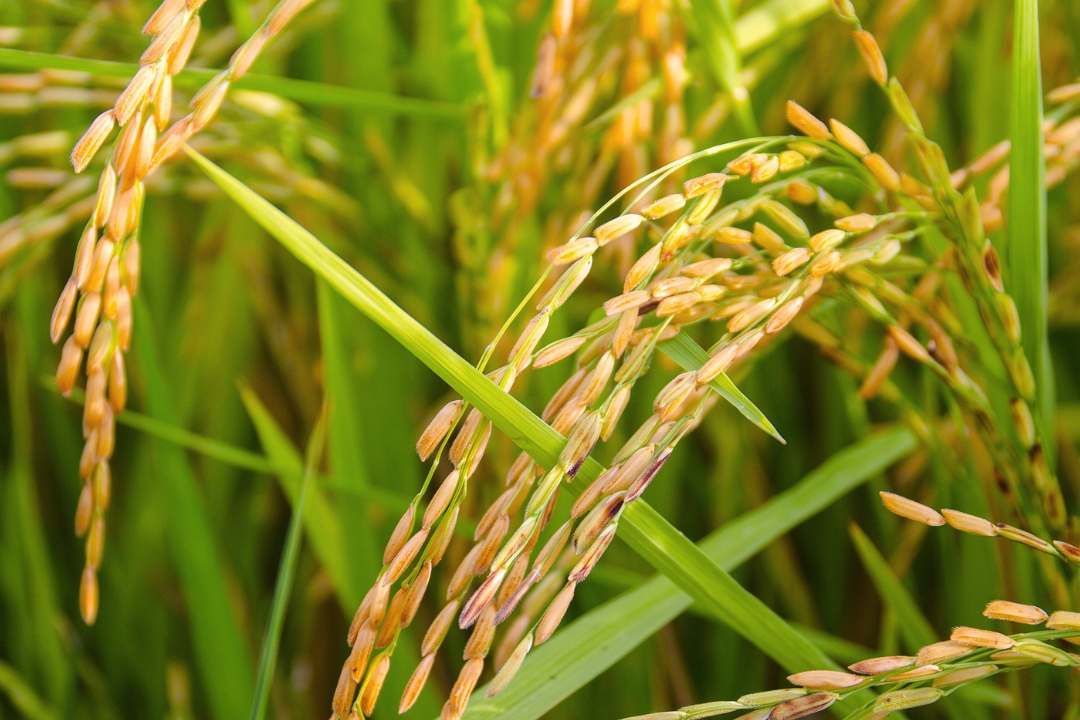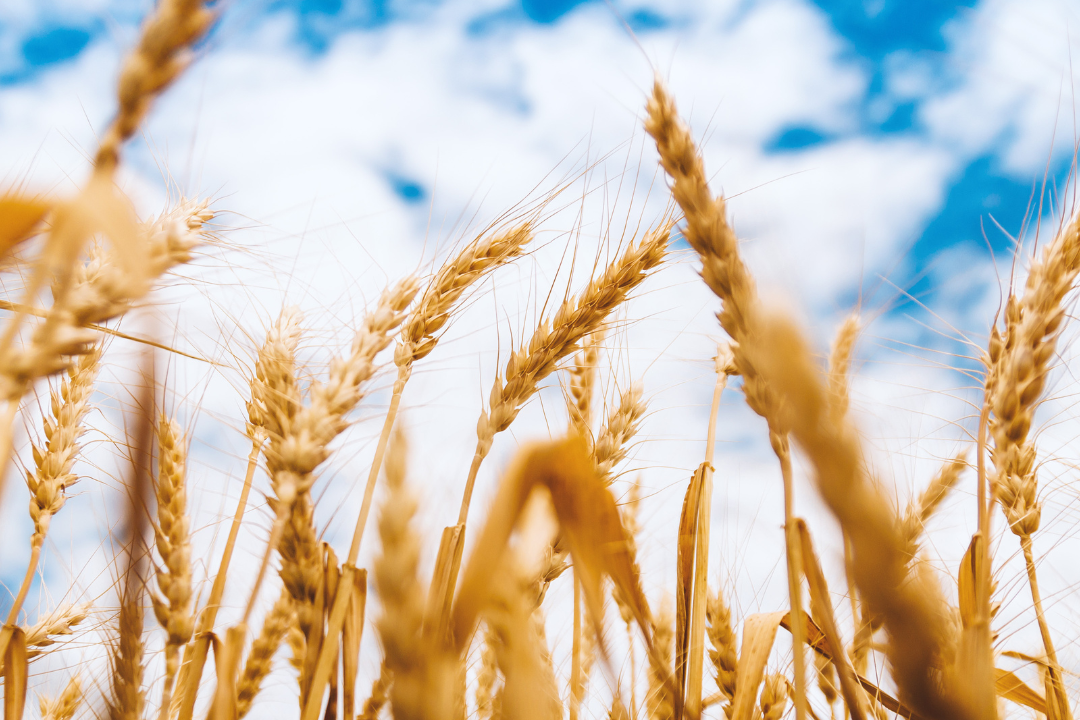
Bacillus cereus: Rice and Grain Poisoning
The United States reports approximately 63,400 cases of Bacillus cereus each year. The consequences of poisoning can be severe, and in exceptional cases, it can result in fatality. What is Bacillus cereus exactly? Why does it produce toxins in food? Can we avoid this threat?

What is Bacillus cereus?
Bacillus cereus, a bacterium commonly found in the environment, including soil, dust, fresh and marine waters, and on plants, can also be detected in the intestines of some animals. Moreover, it can be present in various food sources, including rice, pasta, cereals, vegetables, and dairy products.
The Two Types of Toxins Produced by Bacillus cereus and Their Symptoms
Bacillus cereus is associated with two main types of toxins: diarrheal toxin and vomiting toxin. The former is commonly linked to contaminated food, particularly cooked rice. Symptoms of Bacillus cereus diarrheal food poisoning include abdominal cramps, watery diarrhea, and sometimes nausea or vomiting. This type of food poisoning usually occurs within 6-15 hours after consuming contaminated food and typically resolves spontaneously within 24-48 hours.
On the other hand, the emetic toxin, known as cereulide, is usually present within 1-5 hours after ingesting contaminated food. This toxin is heat-stable and can withstand cooking temperatures. It is often associated with starchy foods such as rice, pasta, and potatoes that have been cooked and left at room temperature for extended periods. Ingesting food contaminated with the emetic toxin can cause rapid-onset symptoms, including nausea, vomiting, and occasionally abdominal cramping. This type of illness usually subsides within 6-24 hours.

Why rice is particularly associated with Bacillus cereus contamination?
The poisoning caused by this bacterium is commonly known as “fried rice syndrome.” However, it is important to acknowledge that this name can be confusing and culturally problematic. It is crucial to understand that bacteria can be present in all grain products, including pasta (which has been responsible for two deaths in Belgium), couscous, farro, and others. So, why is rice specifically associated with this bacterium? The reason is that rice is grown in environments that are rich in microorganisms, which it can easily carry along. Compared to grains like wheat, rice is more likely to cause disease, primarily due to its processing methods. As a result, rice may contain a higher concentration of Bacillus cereus than other grains.

Preventing Food Poisoning
Temperature plays a pivotal role in the growth of this bacterium. What does this entail? Proper storage of leftovers and cooked products is crucial in preventing each case of poisoning. This bacterium forms heat-resistant spores that can survive even after cooking. Once the cooked product has cooled and enters the temperature range known as the “danger zone” (40°F to 140°F or 4°C to 60°C), the spores of Bacillus cereus begin to germinate. As a result, if cooked products like rice or pasta are not promptly cooled, Bacillus cereus can multiply and produce toxins that contaminate the food.
To prevent poisoning, ensure that you cook rice and grain products thoroughly to eliminate bacteria. After cooking, promptly refrigerate any leftovers in sealed containers to minimize bacterial contamination. When reheating, make sure to heat them thoroughly until boiling, as high temperatures can help eliminate bacteria and toxins. To prevent bacterial growth, avoid leaving cooked rice and grain products at room temperature for extended periods of time.









Post a comment